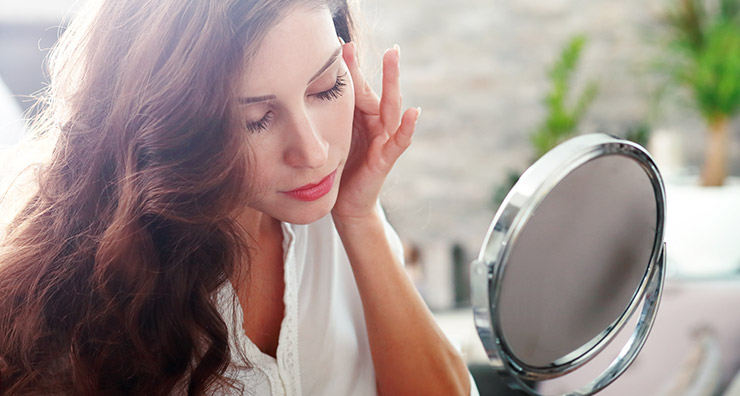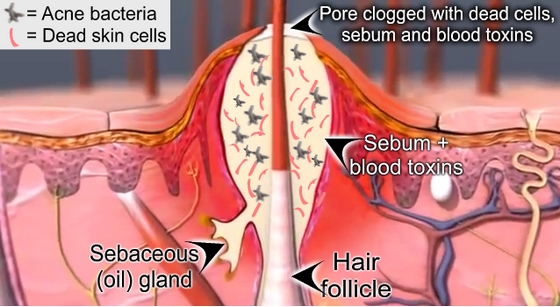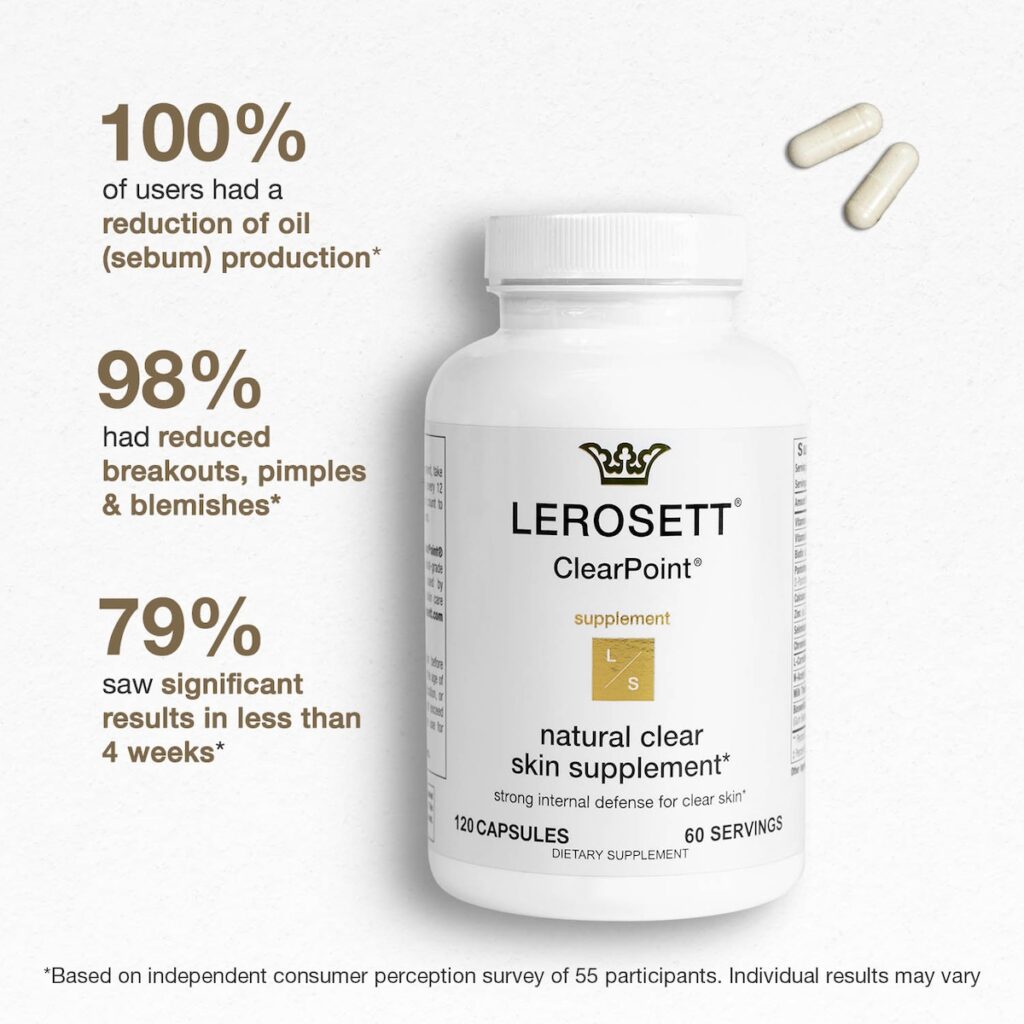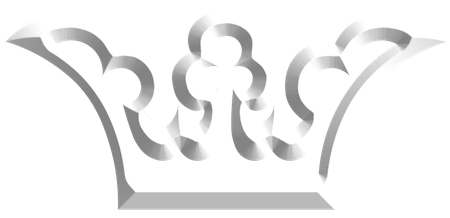All You Need to Know About Purging

Understanding Skin Purging
Experiencing breakouts after starting acne treatments? It may not be a bad reaction—usually, it’s your skin purging, a normal and temporary phase in the clearing process.
What Is Skin Purging?
Skin purging occurs when active ingredients increase cell turnover, forcing trapped oil, debris, and impurities to the surface faster than usual. This can temporarily worsen breakouts before leading to clearer skin. It’s a sign the product is working deep below the surface.
Why Does It Happen?
Think of purging as a detox for your pores. As your skin begins healing, it pushes up what’s been hidden under the surface. Though frustrating, this phase is often short-lived—and it leads to noticeably clearer skin.
Should You Stop Using the Product?
No. Stopping too soon resets your progress. LEROSETT® is clinically proven to clear over 98% of acne. Consistency is key—stay with it and avoid switching between products during this phase.
Purging vs. Breaking Out: How to Tell the Difference
- Purging: Triggered by ingredients like salicylic acid, AHAs, retinol, or exfoliating clay that boost cell turnover.
- Breakouts: Caused by irritating or pore-clogging products like heavy moisturizers or makeup not meant for acne-prone skin.
📌 How long does purging last? Skin typically renews every 2 to 4 weeks. If breakouts last beyond 5–8 weeks, it may not be purging.
How to Minimize or Shorten Purging
Use ClearPoint® Acne Supplements to support skin during purging. ClearPoint® by LEROSETT® reduces oil production and inflammation, making purging much less severe and more manageable.




